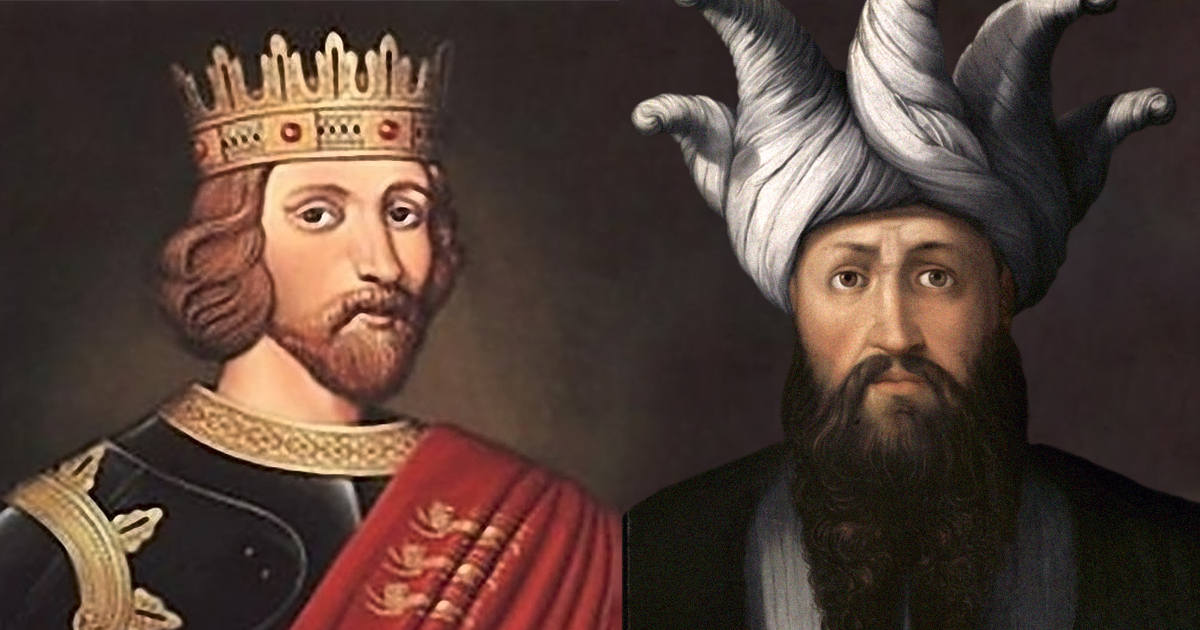Where exactly did Richard the Lionheart defeat Saladin during the famous Battle of Arsuf? A key 12th century battleground from the Third Crusade appears to have been identified, thanks to one enterprising archaeologist in Israel.
Dr Rafael Lewis knew of the dramatic conflict via historical records, but wanted to push further for an actual location where the Crusaders and Muslims locked swords. Sharon Plain, an approx 56 mile stretch of Israel’s Coastal Plain, is where he believes the fighting took place. The Jerusalem Post describes it as “a highly congested and intensely populated environment” that “might not appear significant in any way” due to the march of progress across the centuries.
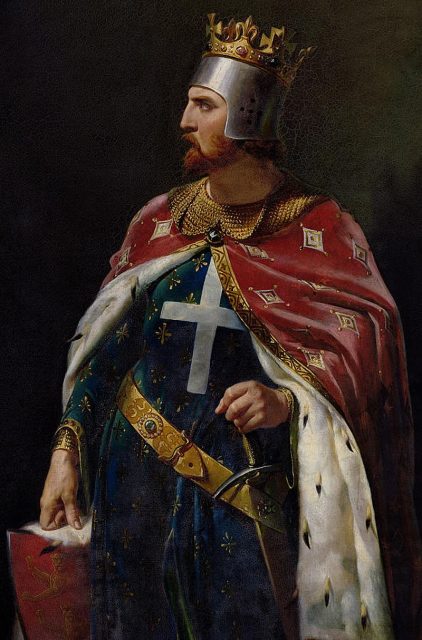
Despite evidence being largely obscured, Dr Lewis employed a combination of research and environmental detective work to crack the colder than cold case. He looked at aerial photos, together with historic texts and maps in order to bring events to life. Relying on his mind’s eye and keen archaeological senses, he gradually beat a path to the Plain. In an offbeat move he also used environmental studies, mixing a palette of both the archaeological and elemental.
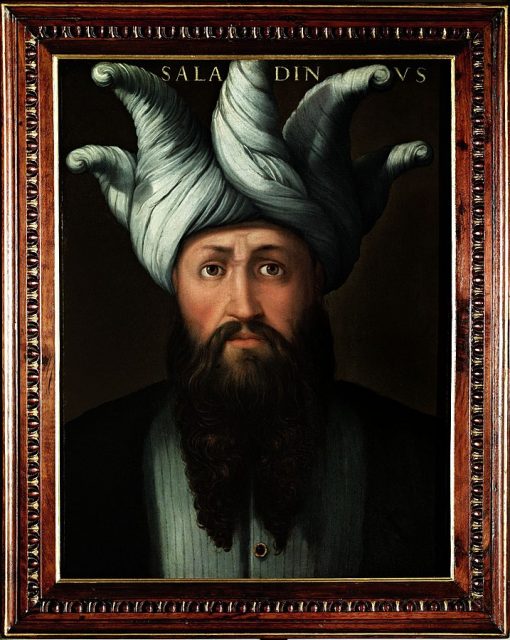
Cristofano dell’Altissimo
Measuring the amount of sunlight King Richard’s men would have had – as they worked their way along the coast before being intercepted by Saladin’s forces – proved crucial in narrowing down potential sites. The Post mentions “factors such as at what time of the day the sun would be high enough in the sky to be out of the archers’ eyes.” The article adds that “movements of the moon, the temperature and humidity and the winds direction were also taken into consideration.”
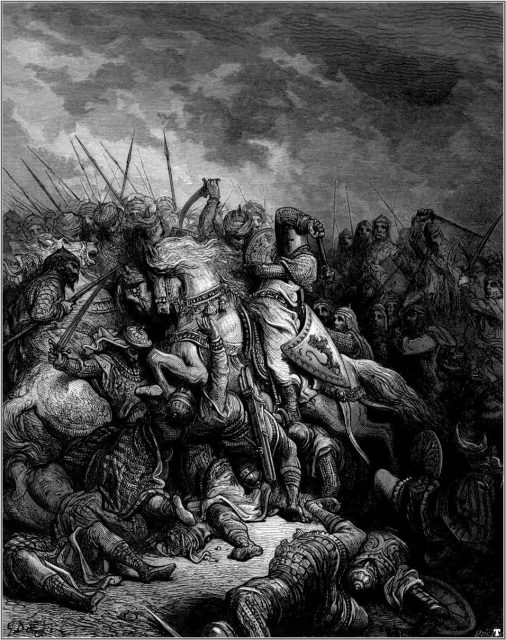
Eventually Dr Lewis found his attention being drawn to “a specific area between Herzliya, Kibbutz Shefayim and the villages of Rishpon, Kfar Shmaryahu, modern Arsuf and Arsuf-Kedem”, according to the Post. This destination wasn’t exactly ripe for excavation, owing to the nature of uncovering historical warzones. Quoted by the Post, Lewis explains, “the area of battlefield archaeology focuses on events that last only a few hours or at most a few days, whose sites are therefore challenging to investigate archaeologically.”
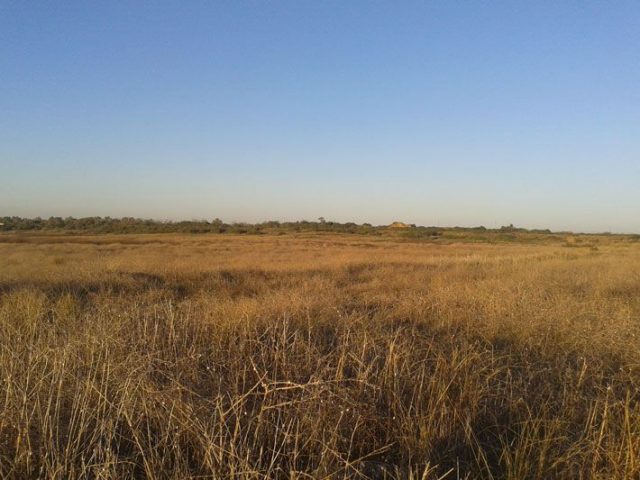
Nevertheless, when he got his metal detector out and ventured onto the field, he discovered various intriguing finds that seem to match up with the period. Artifacts included a couple of arrowheads from the late 12th/early 13th centuries, as well as a horseshoe. “I was very surprised we found anything at all due to the modern development in the area” Lewis tells Haaretz.
His research has now been published as part of a monograph, alongside other academics, on the subject of medieval excavations in Apollonia (Arsuf in the Kingdom of Jerusalem). Apollonia is the Ancient Greek name for what used to be a city on a cliff. The Sharon Plain lies north east of Apollonia’s ruins.
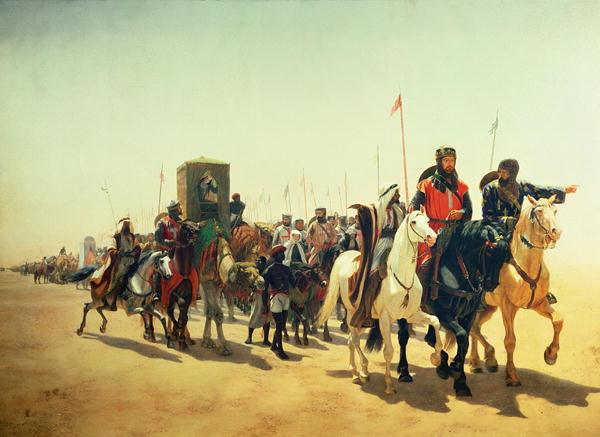
The Third Crusade (1189 – 1192) began when An-Nasir Salah ad-Din Yusuf ibn Ayyub, or Saladin, wrestled back Jerusalem from Christian control in 1187. King Richard I, aka “The Lionheart”, travelled there as part of an alliance with Holy Roman Emperor Frederick Barbarossa and Phillip II of France. Richard’s forces took the city of Acre, before moving south along the coast with the intention of seizing the port city of Jaffa.
“Wary of the lessons of Hattin, where Saladin had defeated the Christians by cutting them off from water sources and fragmenting their army, Richard marched slowly,” writes Haaretz, “keeping his forces in a tight battle formation and planning frequent stops to rest from the summer heat and the almost constant harassment by Muslim troops.” The Mediterranean also gave them protection on the right side, where their fleet could be called upon to assist if they got into difficulty.
According to accounts, Saladin attacked Richard’s rear guard on September 7th, 1191. Here a certain amount of discipline was apparently lost. Some of the Lionheart’s men were hot-headed and charged the enemy against their King’s orders. The battle stopped at the tree line of an oak forest, into which Saladin’s men had retreated. It’s believed had the Crusaders followed them into the hills then a more decisive victory would have been won, rather than simply besting and seeing them off.
Related Article: Questions linger in the strange end to Richard the Lionheart in 1199
Why did Saladin choose to strike so openly at that point? Dr Lewis’s research suggests it may have been a misjudgment based on the geography. “Saladin did not believe that Richard was marching towards Jaffa” he explains to the Post, “but that at that point he and his troops were going to turn inland in the direction of Jerusalem”.
The Third Crusade concluded not with an epic battle but a peace treaty. Now, after centuries underground, fresh details of this important battle are being brought to the surface.
Steve is a writer and comedian from the UK. He’s a contributor to both The Vintage News and The Hollywood News and has created content for many other websites. His short fiction has been published by Obverse Books.
